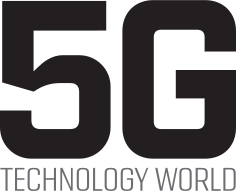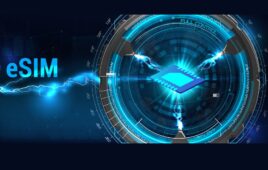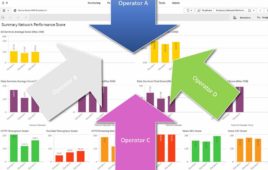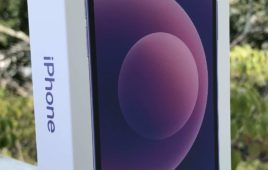LiveU, a provider of live video streaming and production tools, plans to test how 5G can enhance broadcast video capabilities at the AT&T Foundry in Plano, Texas.
Tests will involve LiveU’s HEVC (High Efficiency Video Coding) bonding portable broadcast transmission units to explore performance enhancements related to speed, bandwidth and latency, using AT&T’s 5G network. The trial is still in the early planning phase, and specific test benchmarks haven’t been set yet, according to an AT&T spokesperson.
In an announcement about the news, Mo Katibeh, chief marketing officer at AT&T Business, pointed to the potential for broadcasters to live stream breaking news in 8K or 360 AR/VR format over a mobile 5G connection.
“In a world of 24-hour news cycles, getting breaking news quickly to audiences is imperative,” said Katibeh in a statement. “By teaming up with LiveU to trial 5G with their portable HEVC broadcast units, we will learn how we can help broadcasters increase production capabilities and expand possibilities for future innovations – as well as help them create compelling new engagement models with consumers.”
The LiveU HEVC portable units provide video transport by bonding multiple cellular networks together, including AT&T’s 4G LTE network, using a patented technology. They also support WiFi and satellite capabilities. AT&T is currently considering a variety of commercial 5G devices to test with the portable broadcast units, including hotspots, mobile phones, and modems, the spokesperson said.
“We see 5G as a critical advancement for the broadcast industry disrupting the way breaking news, live sports, and other live events are produced. We anticipate the technology will bring more capabilities to our customers such as multiple channels of audio, multicamera productions from a single portable transmission solution, 4K streaming, and high-quality video return,” said Avi Cohen, chief operations officer and co-founder, LiveU.
Carriers and vendors have been leveraging test beds and innovation centers to develop and trial next-gen applications using technologies like edge computing and 5G.
AT&T Foundry began running live tests at its edge computing zone in Palo Alto, Calif., in early 2018, with its first project focused on enhanced AR/VR experiences on mobile devices. In addition to the Plano and Palo Alto locations, AT&T has an Atlanta Foundry, which is focused on developing and enhancing consumer applications like volumetric video.
Verizon, meanwhile, has five 5G innovation labs across the country, where startups and developers can tap into 5G capabilities and work on new use-cases, including applications for public safety.
Nokia last November, opened a new Future X Lab in New Jersey, to test, demonstrate, and verify use cases with potential business customers. The lab seeks to leverage technologies such as edge computing, AI, machine learning, and 5G for industries, including manufacturing, energy, and transportation.




